Should pharmacy benefit management programs meet quality standards? URAC, a Washington, D.C.-based healthcare quality group, has formed a Pharmacy Benefit Management Standards Committee to look into this matter. Its goal is to develop an accreditation program for PBMs and health plans alike.



